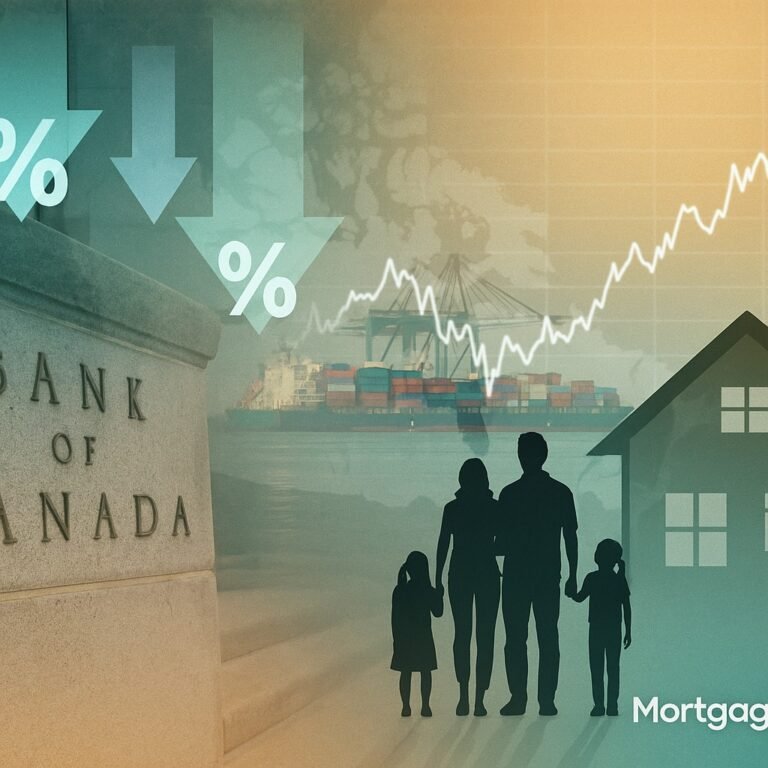
Mortgage brokers, lenders step up as first-time buyer challenges continue
Despite cooling markets, affordability remains tough for Canadian first-time buyers. Learn how brokers and lenders are responding with flexible products and expert guidance.
First-time homebuyers in Canada continue to face an uphill battle despite slight improvements in housing prices and signs of stabilization in mortgage rates. While bidding wars and runaway price increases have eased compared to the pandemic boom, the affordability crunch is far from over. For new buyers entering the market in 2025, qualifying for a mortgage remains a steep challenge. Recognizing these struggles, mortgage brokers and lenders are stepping up — offering tailored advice, innovative products, and digital tools to help Canadians achieve their dream of homeownership.
The Affordability Puzzle
In August, Ratehub.ca released an affordability index that painted a sobering picture for aspiring buyers. The study revealed that affordability worsened in seven Canadian cities — including St. John’s, Fredericton, Edmonton, Halifax, Ottawa, Regina, and Winnipeg. Even though home prices in major urban hubs like Toronto and Vancouver showed signs of cooling, higher borrowing costs and strict lending criteria meant that many buyers were still unable to qualify.
The paradox is striking: housing prices have declined modestly from peak levels, but the impact of elevated interest rates has cancelled out any relief. As a result, new entrants often face higher monthly mortgage obligations compared to earlier years. For young Canadians and new families, this affordability puzzle is becoming a defining challenge of their financial future.
How Mortgage Brokers Are Responding
Mortgage brokers across Canada are playing a crucial role in bridging the gap between lenders and buyers. Unlike traditional bank channels, brokers offer access to multiple lenders and financing solutions, which can be a lifeline for those struggling to qualify.
- Personalized Guidance: Brokers are now spending more time educating clients about credit scores, debt-to-income ratios, and financial preparation. Many first-time buyers don’t realize how small changes — like paying down credit card debt or consolidating student loans — can dramatically improve approval chances.
- Scenario Planning: Brokers are using advanced tools to show clients how rate movements affect affordability. By modeling payments at different interest rates, buyers can prepare for worst-case and best-case scenarios.
- Access to Niche Lenders: Not all buyers fit into the rigid criteria of major banks. Brokers are connecting clients with credit unions, monoline lenders, and alternative lenders that may offer more flexible underwriting.
Lenders Innovating with Products
Canadian lenders are also innovating to support first-time buyers. Some examples include:
- Flexible Down Payments: Certain institutions are piloting programs with lower minimum down payments or options that allow gifted funds from family to be used more flexibly.
- Extended Amortizations: Although still limited by regulation, there is industry discussion around stretching amortization periods for first-time buyers to reduce monthly burdens.
- Green and Affordable Mortgages: Specialized products are emerging that reward buyers for choosing energy-efficient homes, combining sustainability goals with affordability relief.
These initiatives demonstrate lenders’ willingness to adapt, but many remain cautious due to regulatory oversight and risk management concerns.
Challenges That Persist
Despite innovation, the path to homeownership remains blocked for many Canadians. Key obstacles include:
- Stress Test Rules: Buyers must qualify at a rate higher than their contract mortgage, creating a steep barrier.
- High Non-Mortgage Costs: Property taxes, insurance, maintenance, and condo fees add significant recurring expenses.
- Savings Strain: Accumulating a down payment is increasingly difficult as wages lag behind housing inflation.
- Economic Uncertainty: With Canada’s economy slowing and job markets showing mixed signals, buyers worry about financial stability.
For many first-time buyers, these combined pressures mean delaying purchase plans, continuing to rent, or relying on family for financial support.
Why This Matters for the Market
First-time buyers are essential to the housing ecosystem. They create the demand that allows existing homeowners to move up the property ladder, fueling overall market activity. When entry-level demand dries up, the entire housing cycle slows.
Economists warn that prolonged inaccessibility could cause ripple effects:
- Reduced housing starts as developers pull back from building entry-level units.
- A widening wealth gap between homeowners and long-term renters.
- Greater regional imbalances, with smaller cities struggling to retain young talent.
Outlook for 2025 and Beyond
Looking ahead, experts believe affordability will remain a defining issue for the Canadian housing market through 2025. While interest rate cuts from the Bank of Canada may offer incremental relief, they are unlikely to solve the structural issues at play. Population growth, immigration targets, and limited housing supply will keep pressure on prices.
For first-time buyers, the best path forward may be through partnership:
- Brokers offering tailored advice.
- Lenders creating innovative, flexible products.
- Policymakers addressing systemic barriers, from zoning laws to affordability programs.
Without coordinated action, the dream of homeownership could slip further away for younger Canadians.
The Canadian mortgage industry is at a crossroads. While brokers and lenders are stepping up with fresh tools and strategies, affordability remains a massive challenge. First-time buyers face a daunting landscape, but with the right mix of guidance, innovation, and policy support, the path to homeownership can become more accessible.
Stuck with a Mortgage Decision?
Don’t stress — our team is here to help. Reach out for free, no-obligation guidance.
Contact the Experts



